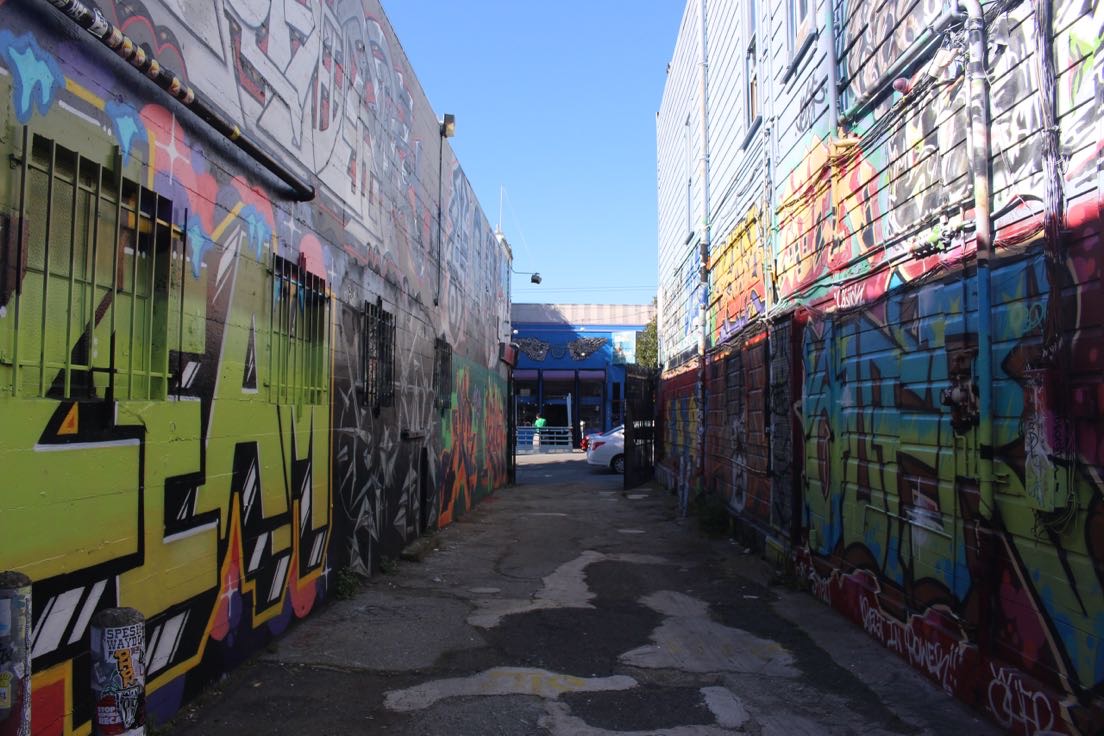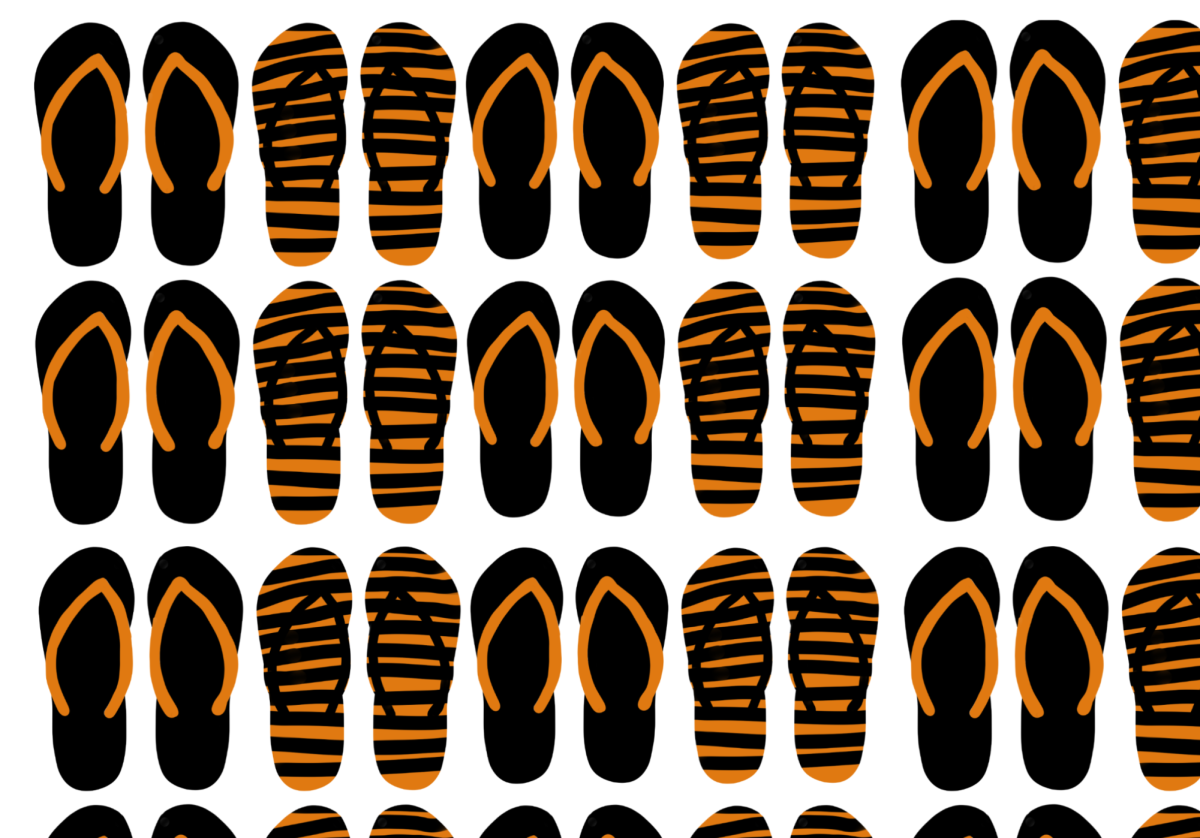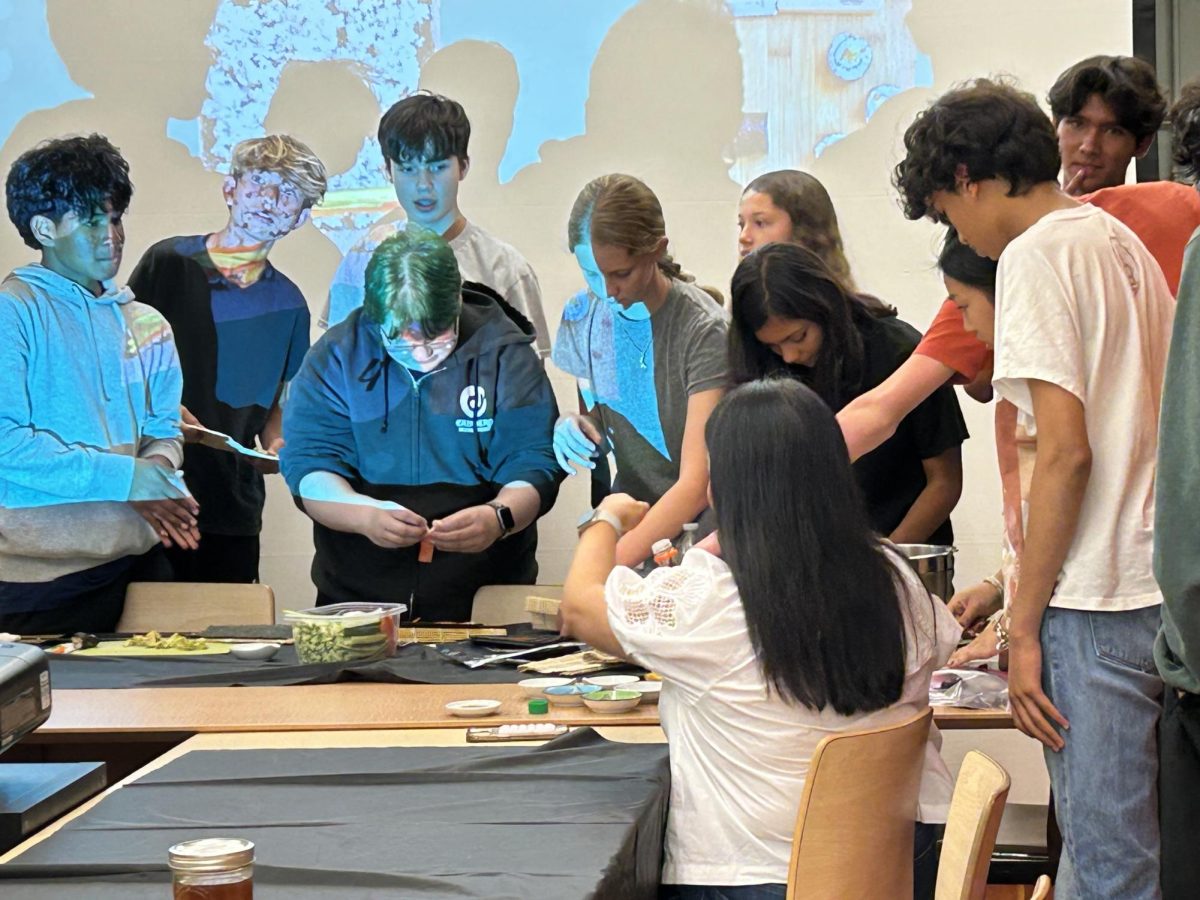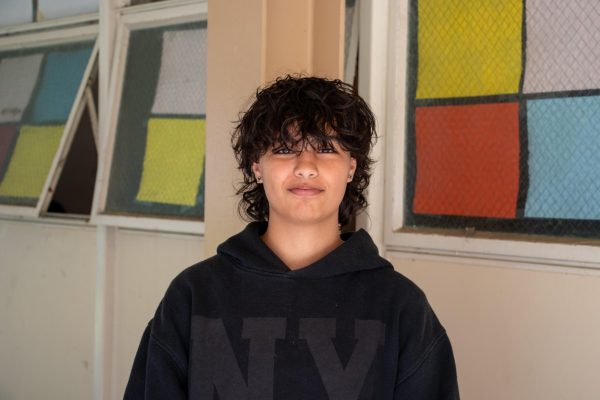To some people, graffiti is vandalism, but to others, a form of art. This distinction often comes down to the viewer’s perspective.
The dictionary definition for graffiti is “writing or drawings scribbled, scratched, or sprayed illicitly on a wall or other surface in a public place.” Shashvat Vats, an art-based blog, discusses how graffiti is a big debate among many whether it is a form of art or just vandalism.

“[Graffiti can be either art or vandalism] depending on the intentions,” sophomore Anderson Comfort said. “If you’re trying to destroy property then it’s vandalism, but if you’re just making something cool, then that’s art”
Although graffiti can be seen as art, Sitkoff & Hanrahan, an official criminal defense lawyer, states that participating in creating graffiti, such as creating artwork or just putting a tag onto a building not belonging to you, can be prosecuted as a criminal act and can lead to community service, probation, and even jail sentences. Depending on how much property one “damages,” one could be charged with a misdemeanor or even a felony.

“I think people who participate in graffiti should be charged for it,” sophomore Madeleine Prosper said. “They are vandalizing a building which the owner has to spend money to fix.”
Graffiti is most commonly seen in larger cities or on abandoned properties. Graffiti could symbolize several things depending on the purpose of the art.
“[When I see graffiti], I usually think of homeless people, or [I think of] gangs,” Prosper said.
Seeing graffiti means different things to different people. ABC 7 News talks about how graffiti is a huge problem in San Francisco. Lyanne Melendez from ABC 7 News also discusses how graffiti makes the city look bad and how it can poorly reflect the type of place San Francisco is striving to be.
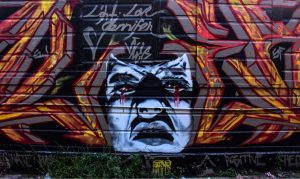
“When everything could look so clean, [instead] it looks like trash [because of the graffiti],” Prosper said. “Everything could look so nice and clean in the city and then they put stuff on the walls and made it look unappealing.”
According to Record Clean, graffiti is considered legal when the owner of the property gives the artist permission. For example, when artists are paid to make murals on buildings. This makes graffiti a working career or a side gig.
“I tend to think graffiti art, such as murals, is visually appealing,” retired Hillsdale High School teacher Owen Lucey said. “It’s a form of art that should be preserved.”
Some consider graffiti a creative form of expression. Graffiti being illegal has been proven to not stop people from participating in the creation and continuation of it. So what can we do to help maintain this issue among several cities and states?

“We should make it easier for people to express their graffiti as art,” Comfort said. “Such as a dedicated space for graffiti artists to express themselves as they like legally.”
Although unauthorized graffiti will likely never be fully eliminated, cities hope to have the problem somewhat reduced.
“Instead of the law fighting against graffiti artists, they should just start working with them for a solution,” Comfort said “Graffiti has the potential to be something really cool, we just have to make it work for everyone.”


